Convenience retailers should put more focus on customers at each end of the age spectrum to help boost sales, according to Katie Hemmings, commercial director at shopper research specialist HIM.
The company has just revealed its latest shopper research based on face-to-face interviews with 20,000 shoppers nationwide, and believes retailers could be missing out on business from millennials (18-24 year-olds) and those over 65.
“There is a huge opportunity in the growth of these segments. We know they have the lowest spend in store, but we need to understand them more fully in order to get them to spend more in your stores and not elsewhere,” said Hemmings.
“Millennials are completely different to any generation before: 49% of under 25s are living at home for longer. They have grown up mainly only knowing recession and austerity, only knowing Facebook, and having instant access to the internet. Food and drink play a very important part in their life, They use Instagram for inspiration about what to eat, where to go and eat, and share information with their friends. They know what they’re buying before they walk into store. “
Hemmings said millennials were extremely demanding, expecting high store standards, cleanliness, availability and ease of shop. They’re interested in the health aspects of what they eat, they buy much less alcohol than any other shopper segment – one in five are teetotal – and they over-index on buying chilled soup and coffee.
At the other end of the generation extreme, one in 40 people will be over 65 by 2040, and there will be 3.5 million over 85-year-olds.
“They are vital customers, they are the biggest group that use the convenience sector today, and they’re only going to grow,” stressed Hemmings. “They are predominantly on a newsagent mission, but that means they visit a store regularly, they have a lot of discretionary spend, so it’s about encouraging them to cross into other shopping missions – a big opportunity.”
The life-stage extremes was one of four hot topics identified in the CTP research. The other key topics included:
• Solution-led shopping – the needs of the shopper driving the channel are blurring
• Shopper loyalty – what does this look like in convenience and how do we achieve it
• Maximising the estate for success – the role of location, size and store features.
With increasing competition, Hemmings said driving footfall and basket size was key to success for convenience retailing, however shifts in demographics and lifestyles were changing long-term shopping behaviour.
She revealed that the big weekly shop is in decline – 35% of shoppers don’t do a main shop, up from 30% last year; they are looking to convenience for solutions not products. Nearly 30% of shoppers go to convenience stores for food-and-drink-to-go in a typical week; and 7% were looking for their evening meal solution.
Customers also want to have a pleasant experience in-store, with more than one in four shoppers choosing a particular store based on the quality of staff.





















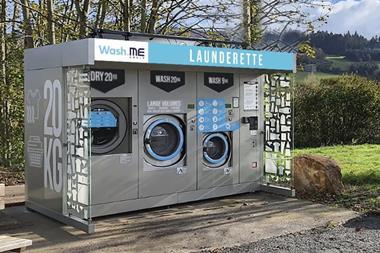
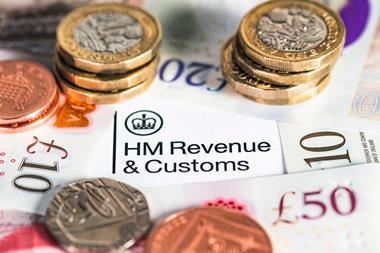
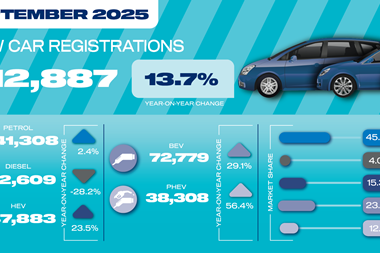
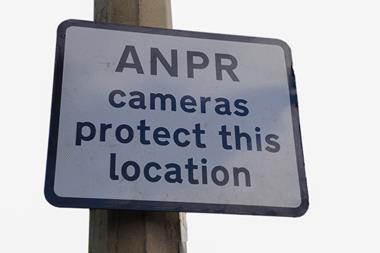
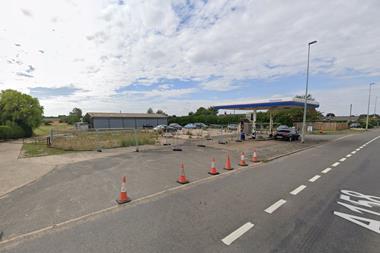
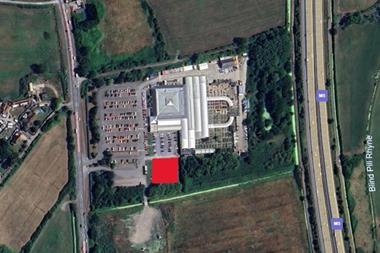


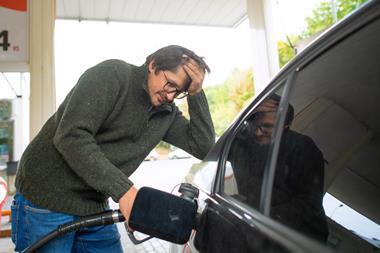
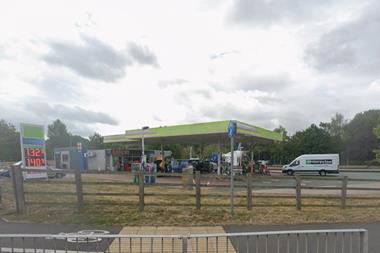
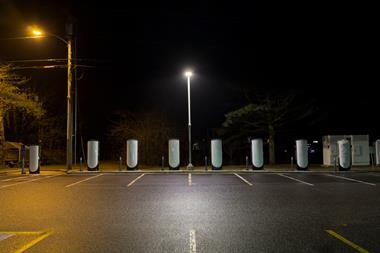
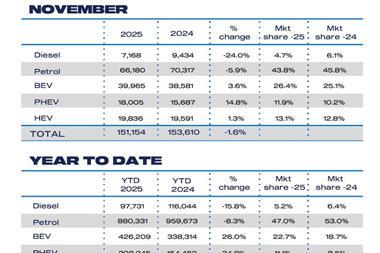
No comments yet